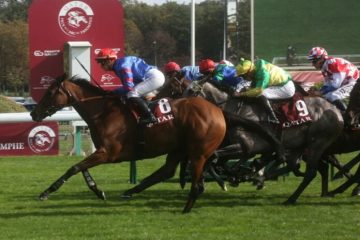The REM Deux Montagnes: Transforming Commuter Travel

Introduction
The REM Deux Montagnes project is a significant step forward for public transport in the Greater Montreal area. As urban populations continue to grow, the demand for effective and reliable transportation solutions has never been more pressing. This project is expected to enhance connectivity, reduce travel times, and provide a more sustainable option for daily commuters.
Overview of the REM Deux Montagnes
The Réseau express métropolitain (REM) is a major light rail transit project being developed in the Montreal area. The Deux Montagnes branch, one of its key components, will reconnect the northwestern suburbs with downtown Montreal, facilitating easier access to jobs, education, and services. This revitalization of the former Deux Montagnes commuter train line is expected to open up new opportunities for residents and businesses alike.
Construction and Development
Work on the REM Deux Montagnes started in 2018, with the goal of launching service by 2024. The project involves extensive construction work, including new stations, rail lines, and transit hubs. The initiative is green-focused, utilizing electric trains to minimize carbon emissions, reflecting Montreal’s commitment to sustainability and ecological responsibility.
Impact on Commuters
Once completed, the REM Deux Montagnes will significantly reduce commuting times. It will provide direct access to downtown Montreal in under 30 minutes, a considerable improvement over existing travel options. Additionally, the implementation of more reliable schedules and increased service frequencies will make this transit option not only faster but also more convenient for daily users. Studies suggest that the success of the REM will lead to an increase in public transport ridership in the region, helping to alleviate traffic congestion on roads.
Future Prospects
The anticipated success of the REM Deux Montagnes extends beyond daily commutes. With greater accessibility, local businesses are expected to thrive, and new residential developments could surge in areas that were previously underserved by public transport. The project is designed not only to cater to current commuter needs but also to support long-term urban development and planning.
Conclusion
The REM Deux Montagnes project is poised to revolutionize public transport in the Montreal area. As it approaches completion, stakeholders and commuters alike are optimistic about the potential benefits, which include reduced travel times, enhanced accessibility, and a significant positive impact on local economies. With urbanization trends continuing to rise, the REM system represents a forward-thinking solution to the challenges of modern transit.









